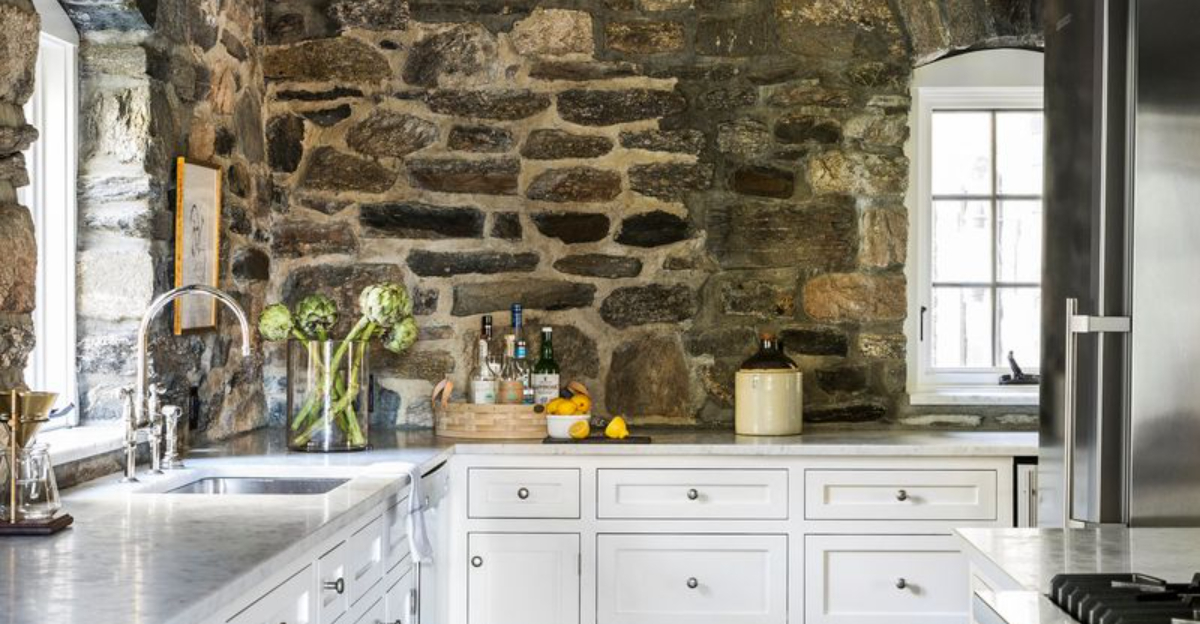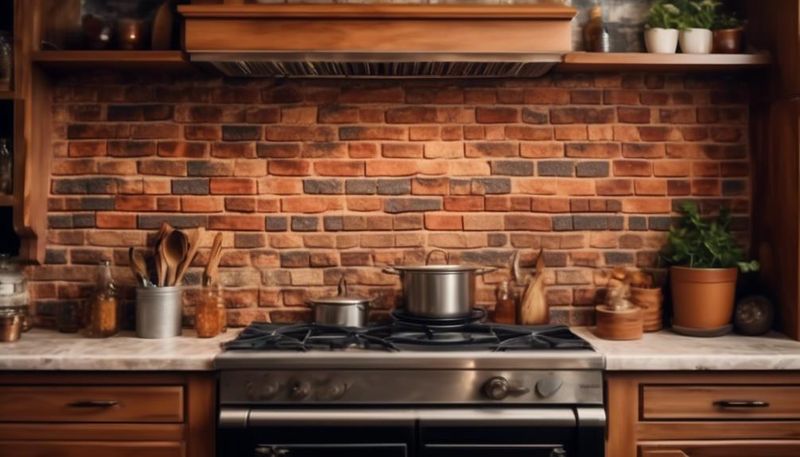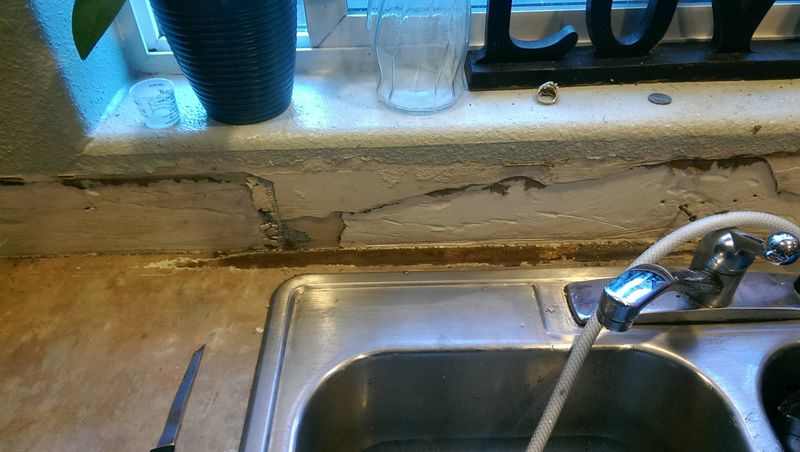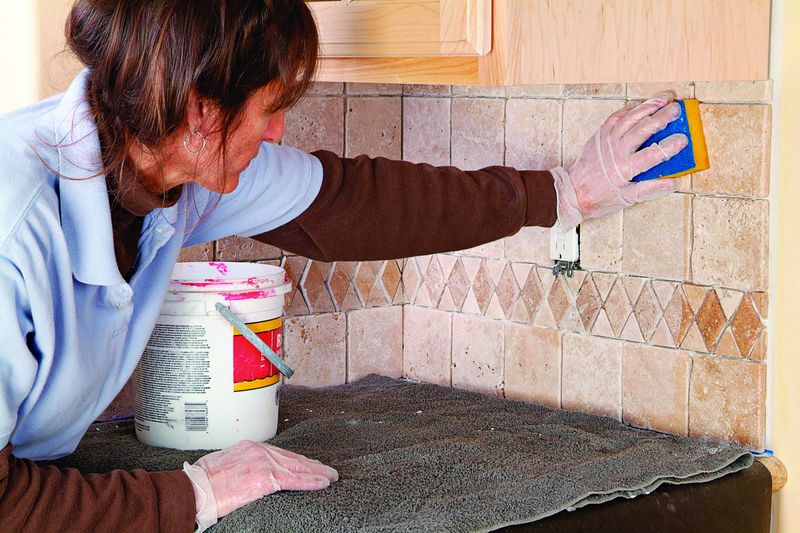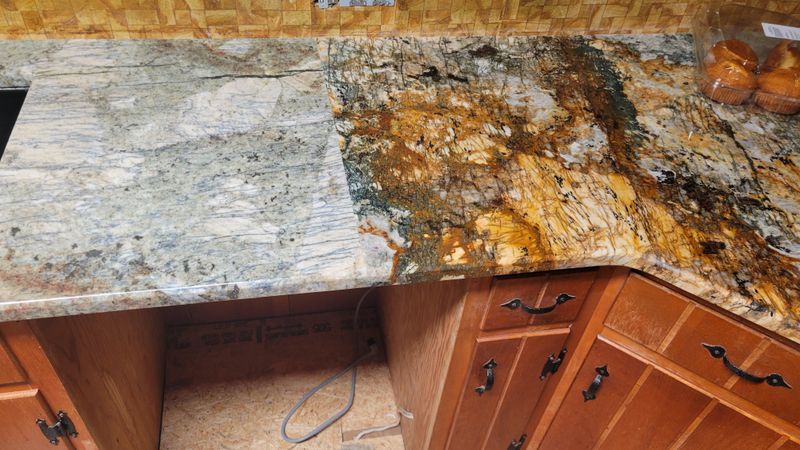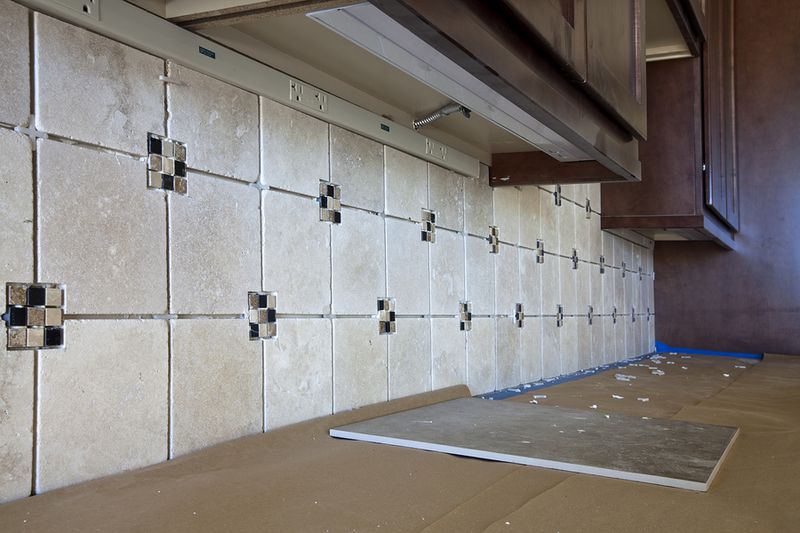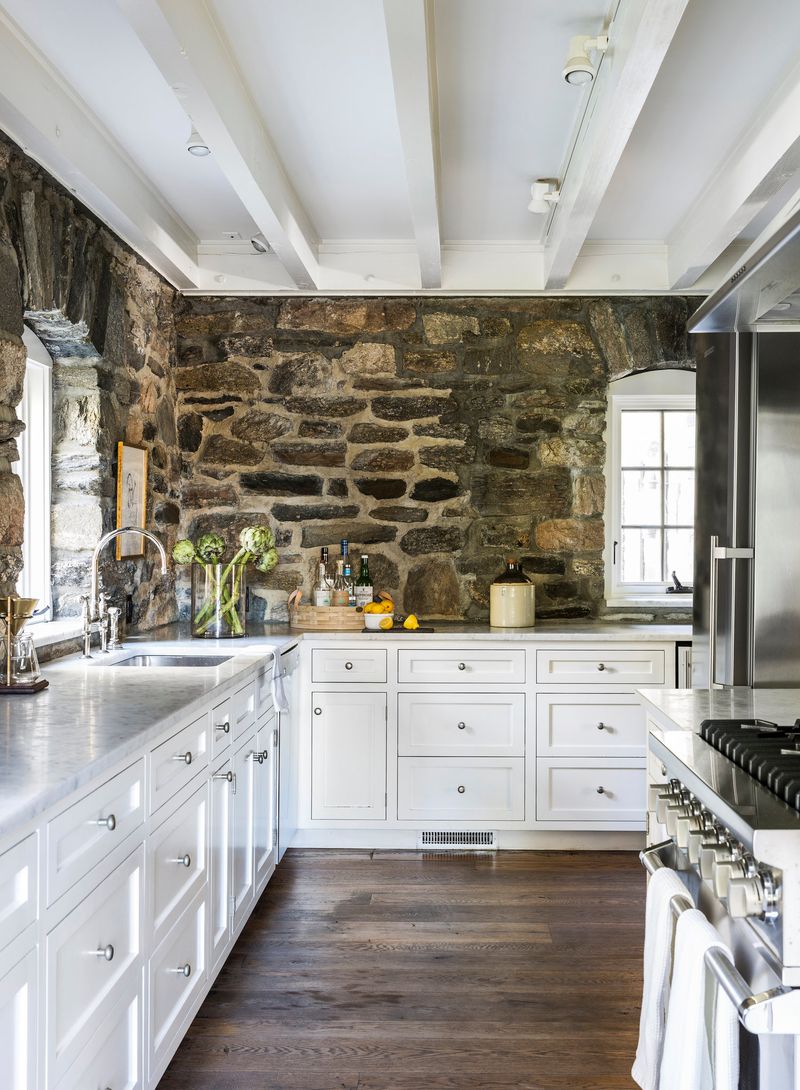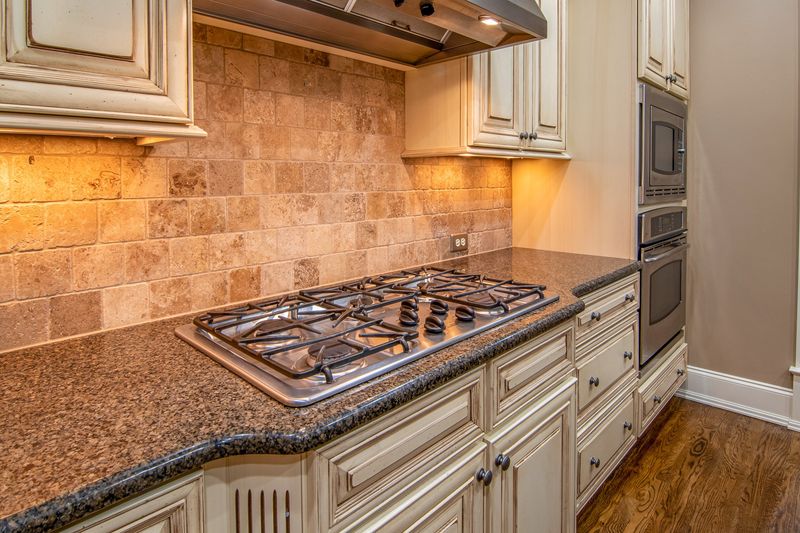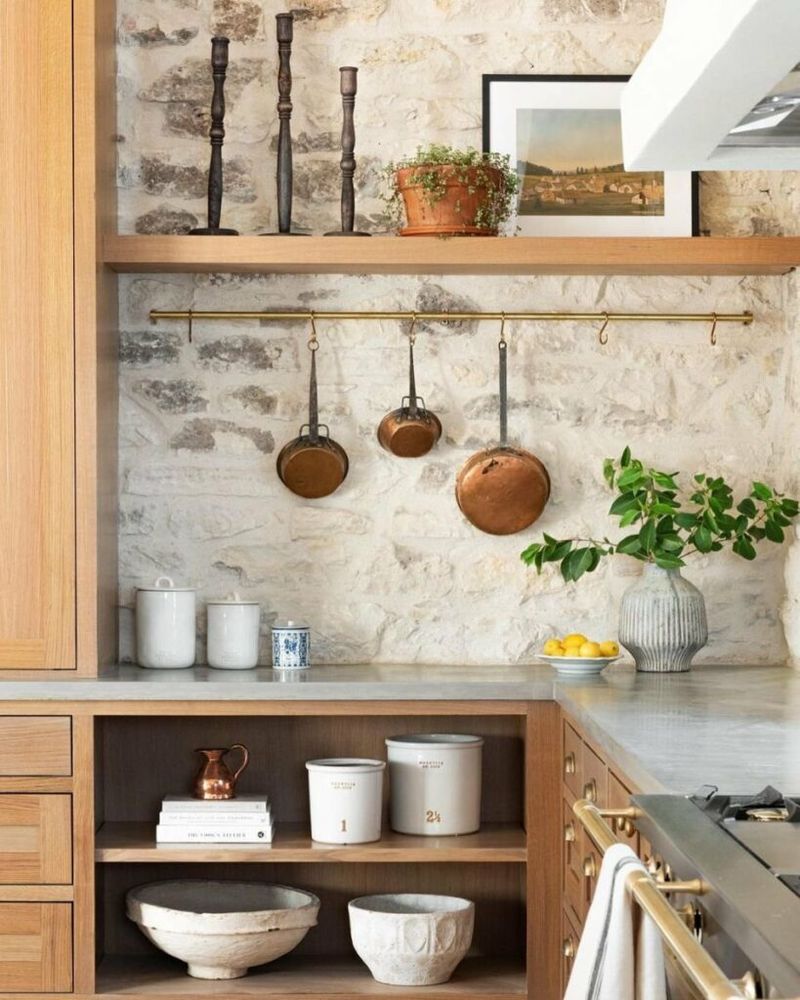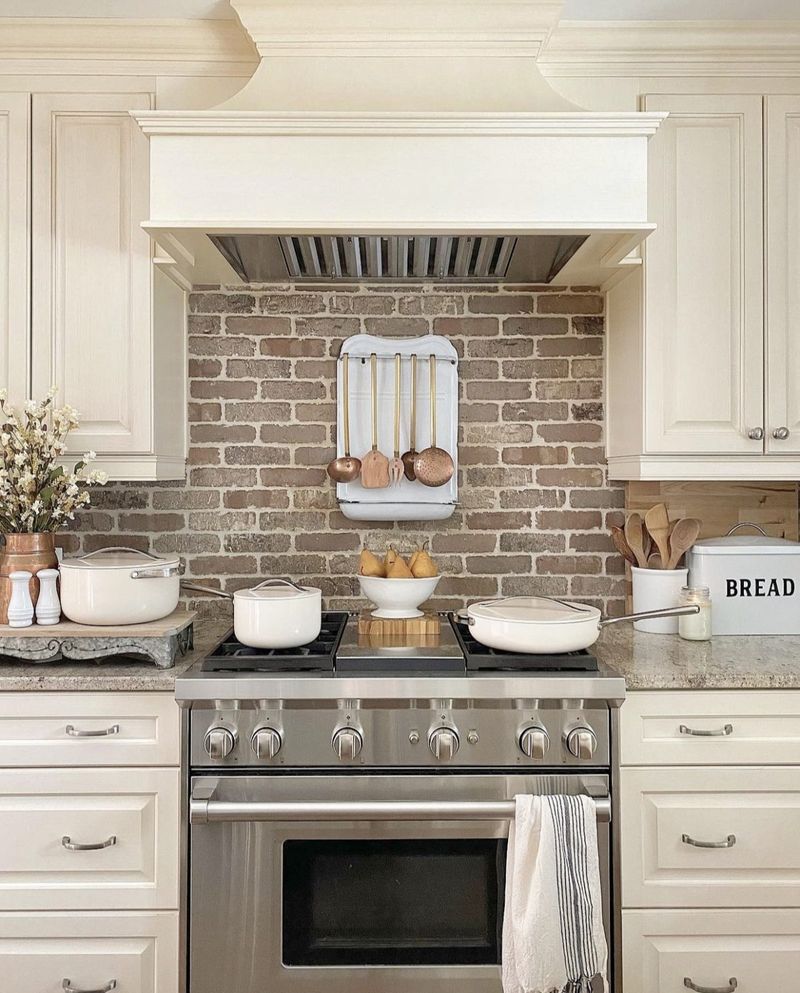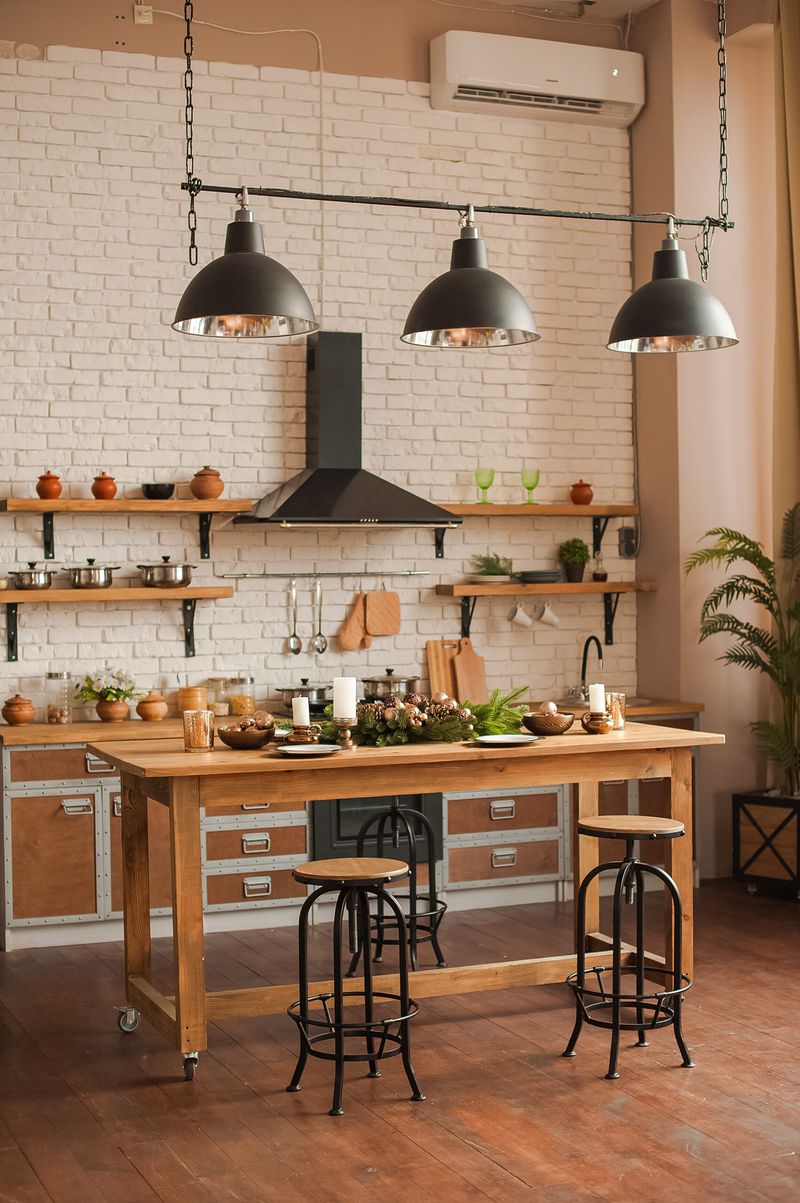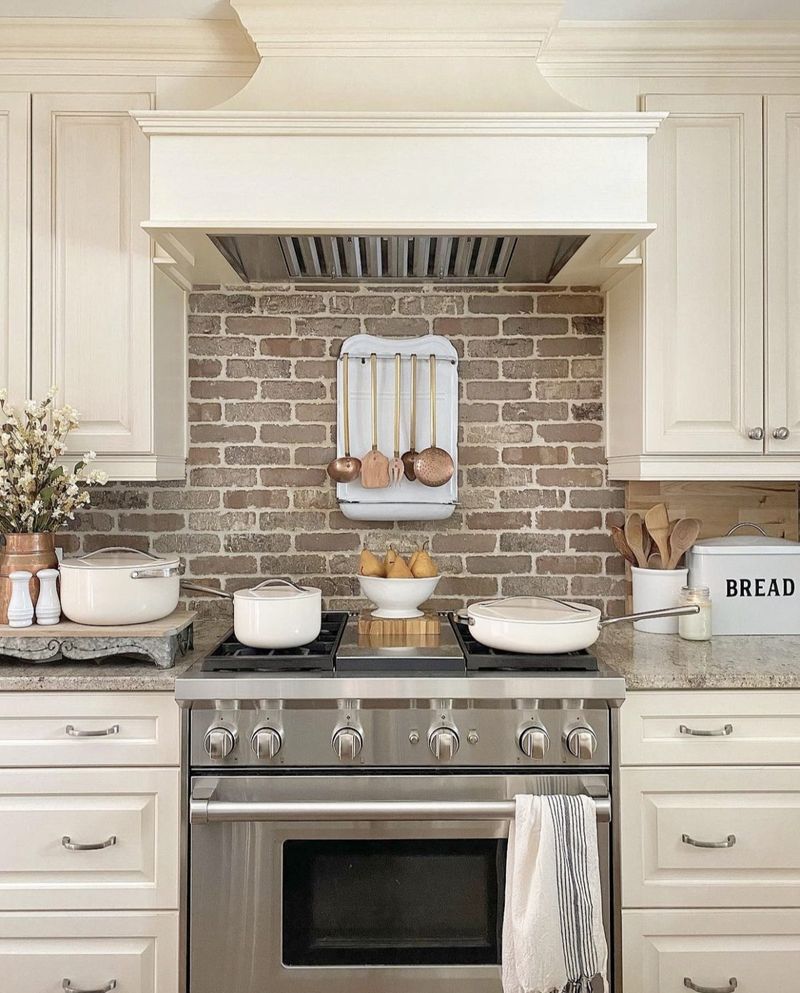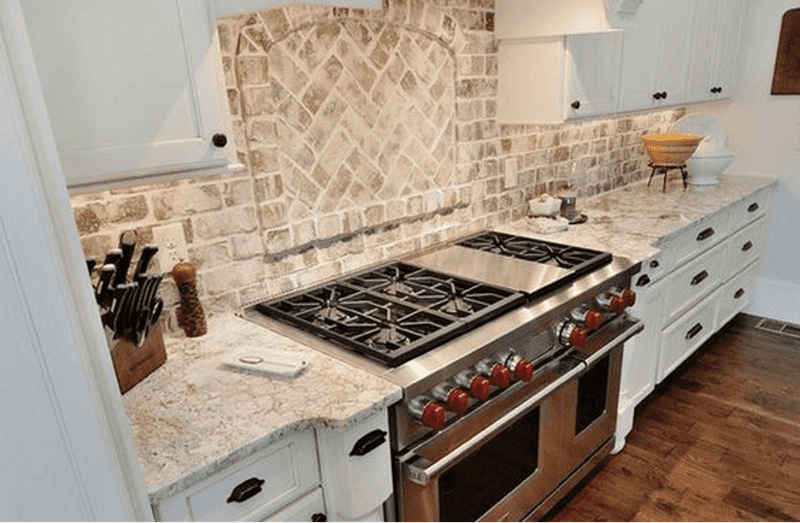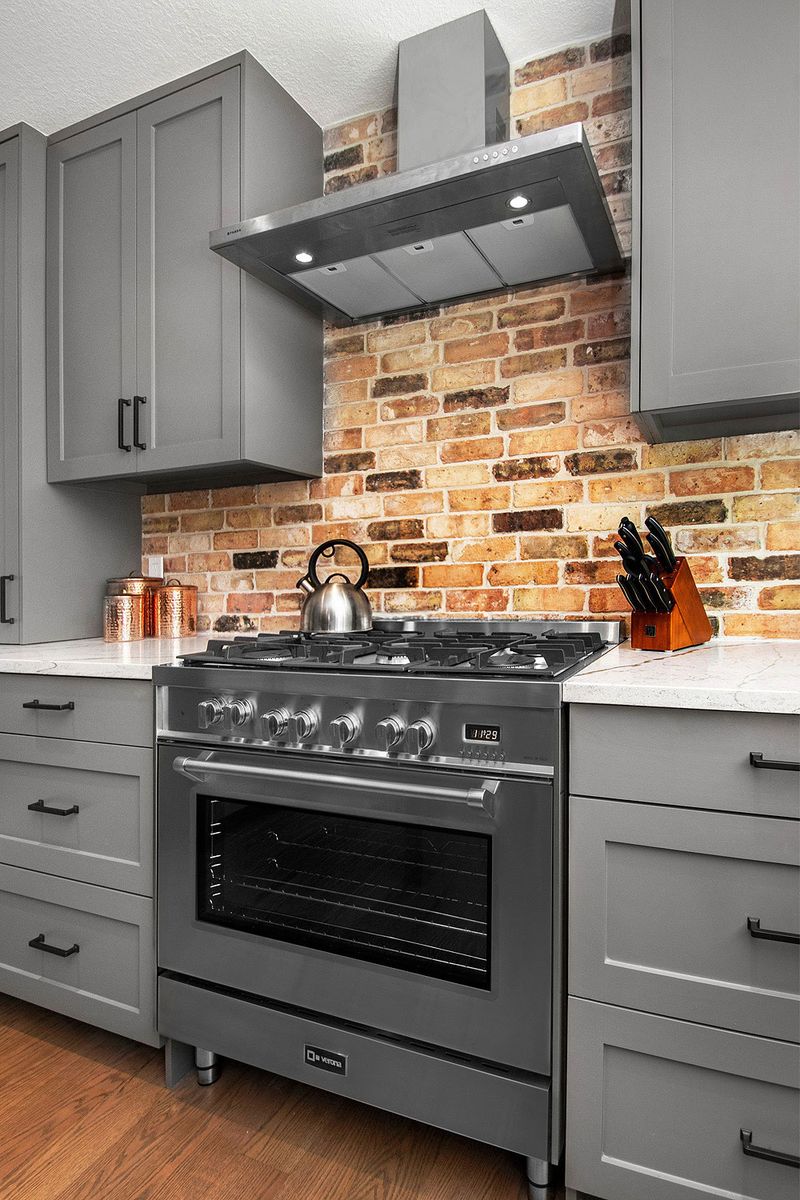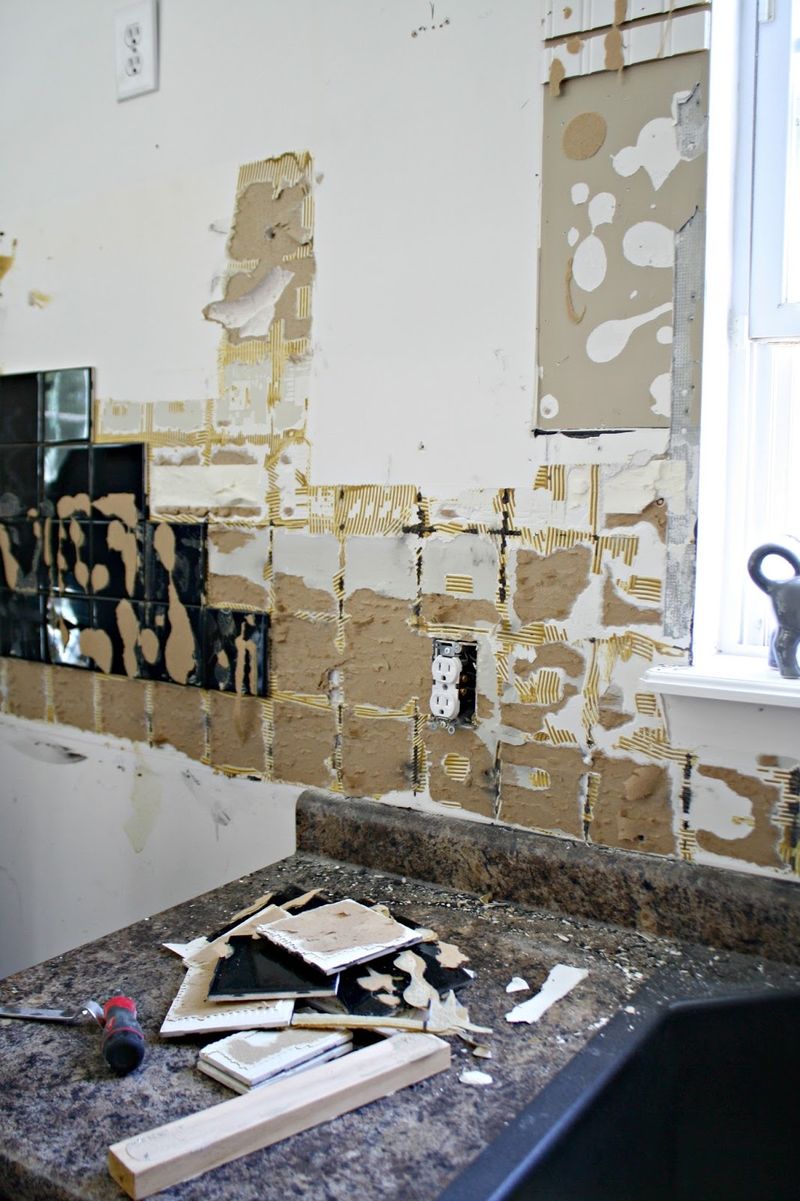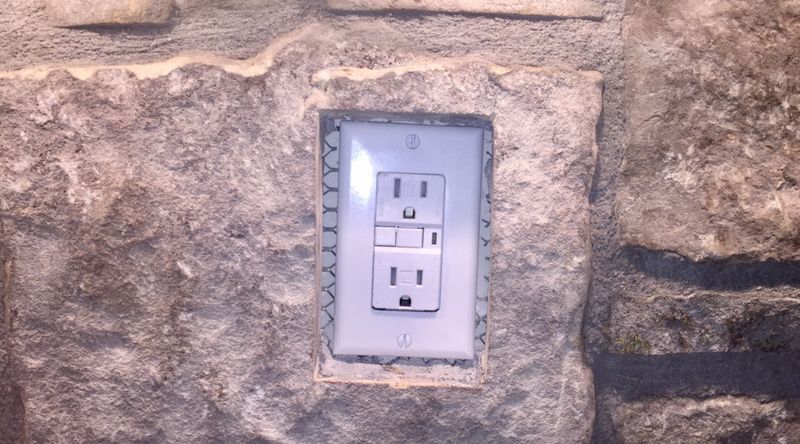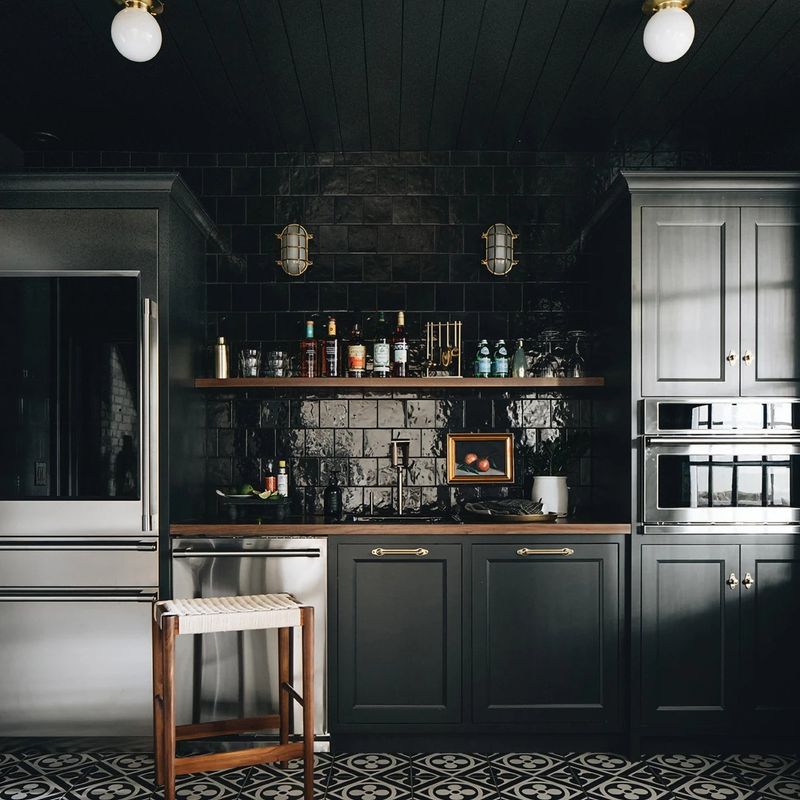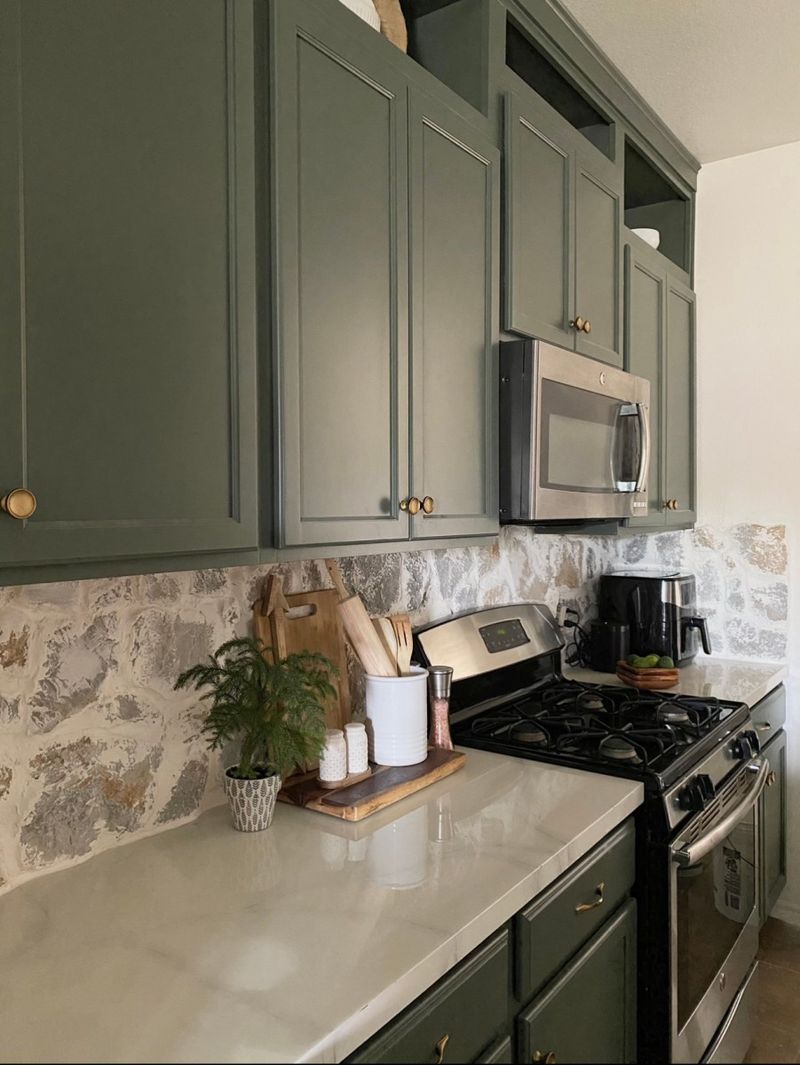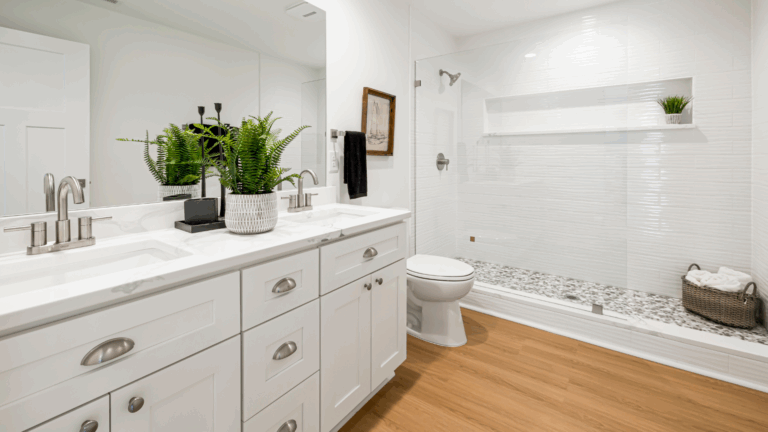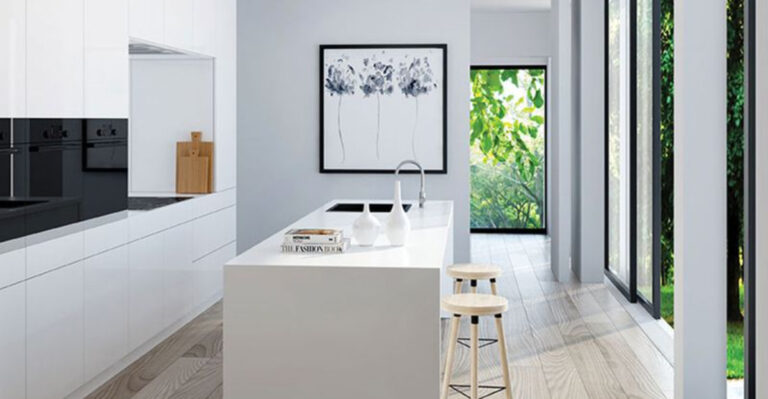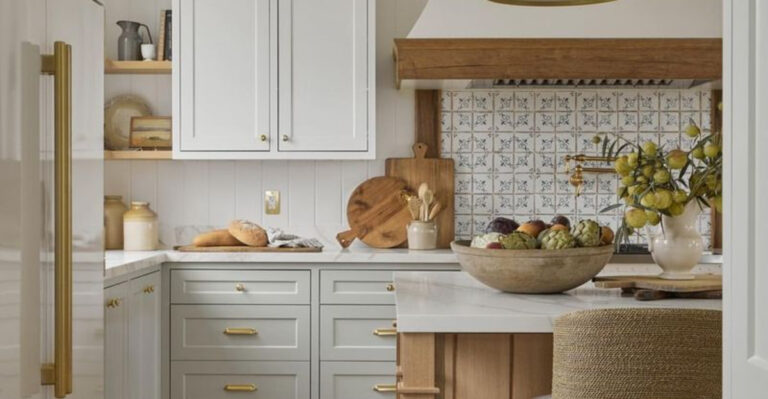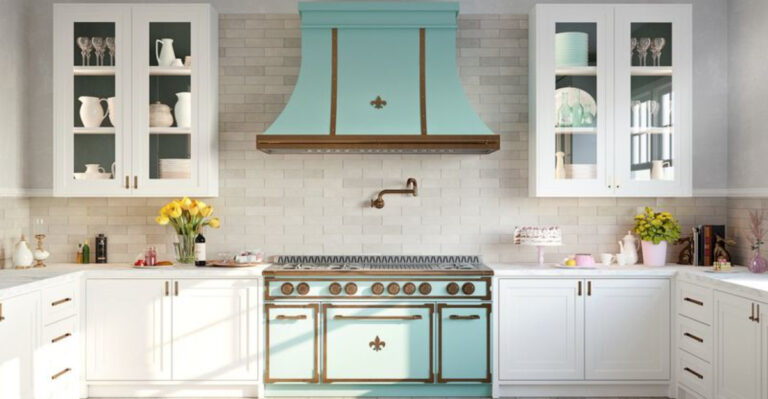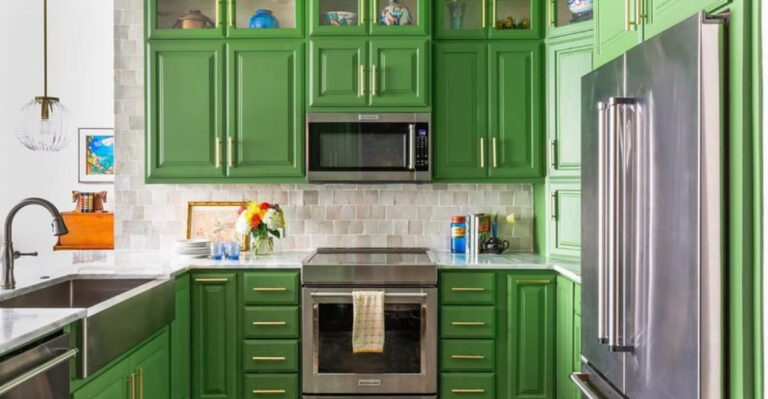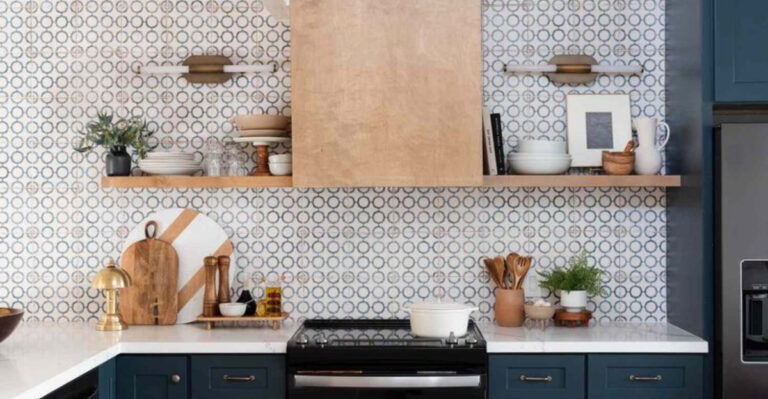19 Downsides To Brick Or Stone Kitchen Backsplash No One Thinks About
Brick and stone backsplashes might look stunning at first glance, but they come with a surprising number of drawbacks that rarely make it into the conversation.
Sure, they add texture and charm, but once the novelty wears off, the reality kicks in—grime that clings, cleaning nightmares, and style limitations you didn’t see coming. If you’ve been eyeing that rustic or natural look, you’ll want to read this first.
These 19 downsides reveal what most people don’t think about until it’s too late, helping you decide if that rugged beauty is really worth the long-term commitment.
1. Tricky Cleaning Challenges
Ever tried removing spaghetti sauce splatter from a textured surface? Unlike smooth tile or glass, brick and stone have countless tiny nooks where food particles, grease, and dust love to hide.
Regular kitchen cleaners often can’t penetrate these crevices effectively. You might find yourself on your hands and knees with a toothbrush, scrubbing away at stubborn stains that refuse to budge.
2. Moisture Absorption Nightmares
Unlike their sealed counterparts, natural brick and stone are surprisingly thirsty materials. They eagerly drink up any moisture they encounter, from steam to splashes.
When this happens repeatedly in a kitchen environment, you’re creating the perfect breeding ground for mold and mildew. Those porous surfaces can trap water where you can’t see it, potentially leading to health concerns and structural issues down the line.
3. Sealing Maintenance Headaches
Forget the “install and forget” dream! Both brick and stone backsplashes demand regular sealing to prevent staining and water damage.
Missing this critical maintenance step even once can result in permanent discoloration. Most homeowners are shocked to discover they need to reapply sealant every 1-2 years, a time-consuming process that requires clearing everything from countertops and proper ventilation during application.
4. Impossible Color Matching
Imagine breaking a section of your gorgeous stone backsplash! Natural materials like brick and stone vary tremendously in color and pattern, even within the same quarry or batch.
Should you need to replace a damaged section, finding an exact match becomes nearly impossible. Many homeowners end up replacing entire walls because replacement pieces stick out like a sore thumb against the original installation, creating an eyesore rather than a seamless repair.
5. Grout Discoloration Issues
While everyone focuses on the beautiful stones or bricks, the humble grout between them often becomes the biggest headache. Kitchen environments expose grout to oils, acids, and food colorings that penetrate deeply.
What started as crisp white lines soon transform into dingy gray or yellow paths between your stones. Even dark-colored grout isn’t immune, often developing an uneven, patchy appearance that makes your once-gorgeous backsplash look perpetually dirty.
6. Temperature Fluctuation Damage
Your kitchen is essentially a climate chamber of extremes. From the heat of your range to the steam of boiling pasta, these temperature fluctuations wreak havoc on natural materials.
Over time, brick and stone can develop hairline cracks as they expand and contract. While not immediately noticeable, these tiny fissures gradually widen, creating paths for moisture to penetrate deeper into your walls, potentially causing significant structural damage behind the scenes.
7. Bacterial Growth Concerns
Those charming textured surfaces harbor an unsettling secret: they’re perfect hideouts for bacteria. The irregular surfaces of brick and stone provide countless microscopic shelters where harmful kitchen bacteria can flourish.
Research shows that porous kitchen surfaces can harbor significantly more bacteria than smooth ones. Even with regular cleaning, these hidden colonies remain protected in tiny crevices, potentially contaminating food preparation areas in ways that aren’t visible to the naked eye.
8. Installation Complexity
Thinking about DIY installation? Think again! Unlike peel-and-stick options, brick and stone require specialized skills and tools.
The weight of these materials demands proper wall reinforcement to prevent sagging or detachment. Many homeowners discover too late that their walls need structural modifications to support the heavy materials.
9. Unforgiving Sound Amplification
Hard surfaces like brick and stone don’t just look different from softer materials – they sound different too! These dense materials reflect rather than absorb sound waves, creating an unexpectedly noisy kitchen environment.
The clatter of pots and pans, dishwasher hums, and even conversations bounce off these surfaces. Many homeowners report their kitchens becoming echo chambers after installation, a particularly problematic issue in open-concept homes where sound travels freely throughout living spaces.
10. Freezing Cold Touch
Reaching for something near your backsplash on a chilly morning? Prepare for a shock! Stone and brick surfaces maintain significantly colder temperatures than surrounding materials, creating an unpleasant tactile experience.
This temperature difference is particularly noticeable during winter months. The cold surface can be jarring when accidentally touched while cooking or cleaning.
11. Outdated Before Its Time
Unlike easily replaced backsplash options, brick and stone represent a significant commitment that’s difficult and expensive to update. While today’s rustic stone might be featured in design magazines, tomorrow’s trends could leave your kitchen looking dated.
Considering the 5-7 year cycle of interior design trends, permanent materials can feel stale long before their functional lifespan ends.
12. Impossible Behind-Appliance Cleaning
Imagine the horror of pulling out your refrigerator only to discover years of accumulated grime on the backsplash behind it! The textured surface of brick and stone makes cleaning behind appliances nearly impossible.
Unlike smooth surfaces that can be quickly wiped down, these textured materials require intensive scrubbing in hard-to-reach areas. Many homeowners simply give up, allowing dust and grease to accumulate in these hidden zones, potentially creating fire hazards near ranges and sanitation issues throughout.
13. Cabinet-Damaging Weight
Few homeowners consider the sheer weight these materials place on surrounding structures. When installed above countertops, the substantial heft of stone or brick can actually damage cabinets over time.
The constant downward pressure stresses cabinet mounts and can lead to sagging or even complete detachment in extreme cases.
14. Stubborn Cooking Odor Retention
Cooked fish last night? Your brick backsplash remembers! The porous nature of natural stone and brick doesn’t just absorb moisture – it traps cooking odors too.
These materials can actually absorb and retain food smells for days or even weeks. Many homeowners report persistent cooking odors that seem impossible to eliminate, especially after preparing foods with strong aromas like fish, curry, or fried foods.
15. Prohibitive Removal Costs
Changed your mind about that stone backsplash? Prepare for sticker shock! Removing these materials often costs more than the original installation.
The adhesives used for stone and brick backsplashes are designed for permanence, making removal a destructive process.
16. Challenging Electrical Outlet Integration
Where do outlets go on an irregular surface? This practical consideration becomes a major headache with textured backsplashes.
Electricians struggle to create clean cuts in these materials, often resulting in chipped edges around outlets. Standard outlet covers rarely sit flush against uneven surfaces, creating gaps that collect dust and debris.
17. Unexpected Light Reduction
Would you believe your backsplash choice could make your kitchen darker? The deep texture of brick and many stones absorbs rather than reflects light, creating unexpected shadow effects.
This light-absorbing quality can make kitchens feel smaller and darker, especially in spaces with limited natural light.
18. Permanent Staining Susceptibility
Spilled some red wine or turmeric near your beautiful stone backsplash? Even with proper sealing, some substances permanently stain these materials due to their naturally porous structure.
Acidic foods like tomato sauce and lemon juice can actually etch the surface, creating permanent marks.
19. Sharp Edge Safety Hazards
Natural materials like split-faced stone often feature sharp, uneven edges that can turn an innocent lean against the wall into a painful experience.
These rough surfaces can scrape arms and snag clothing during normal kitchen activities. Families with children report particular concern about these safety hazards. While edge treatments exist, they often diminish the natural appearance that attracted homeowners to these materials in the first place.

